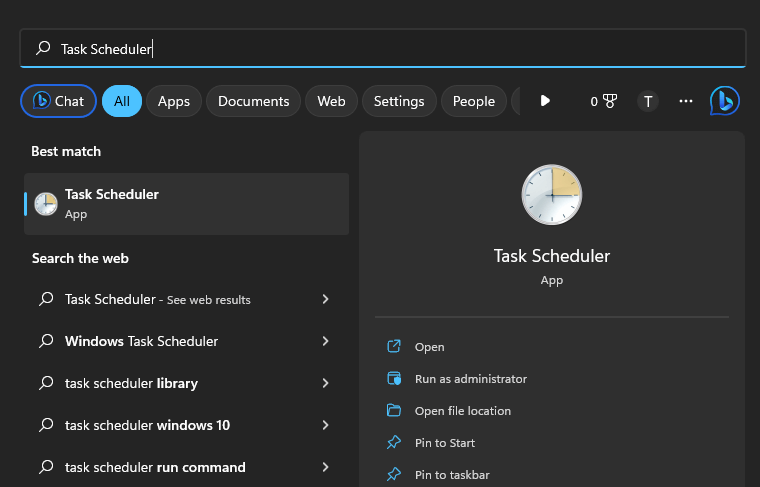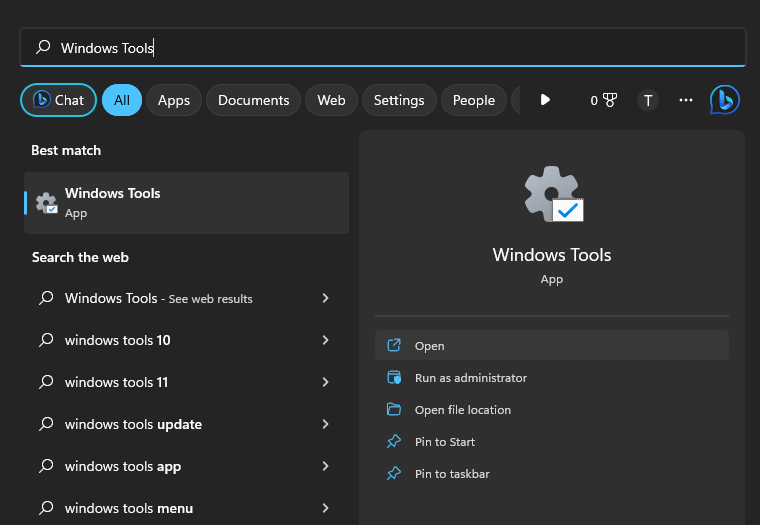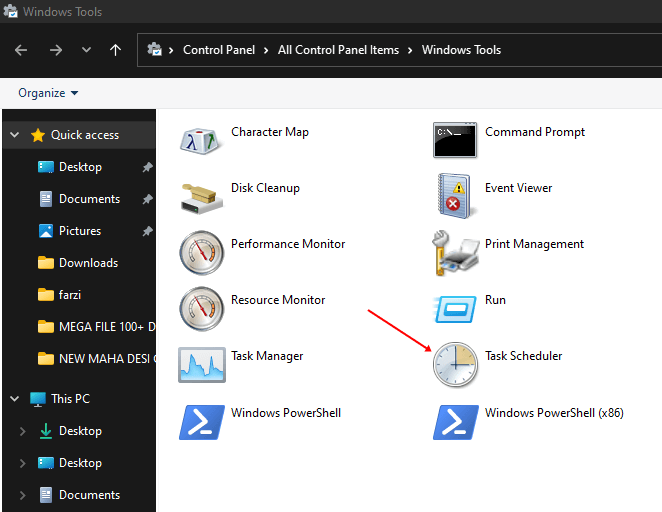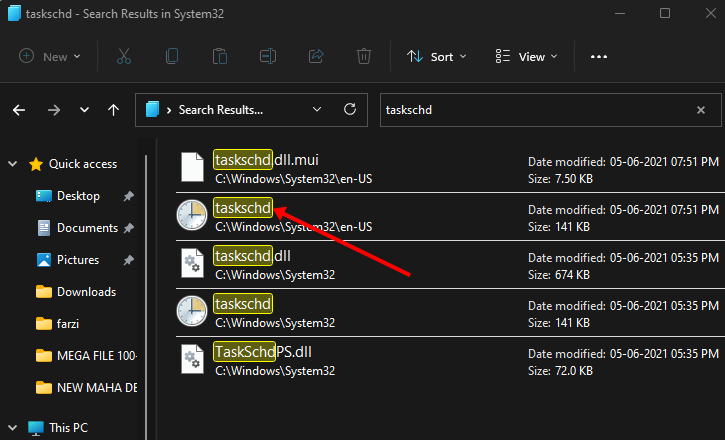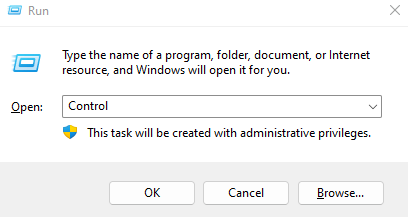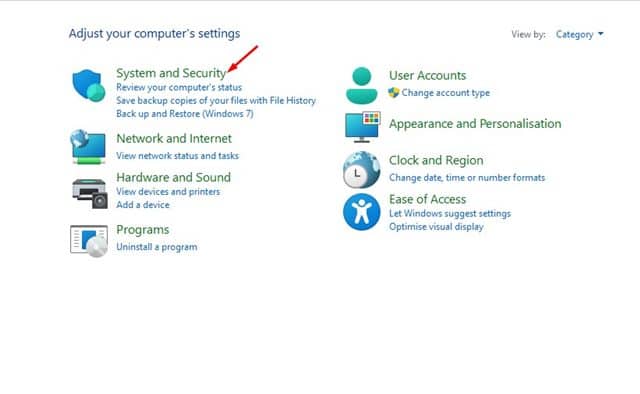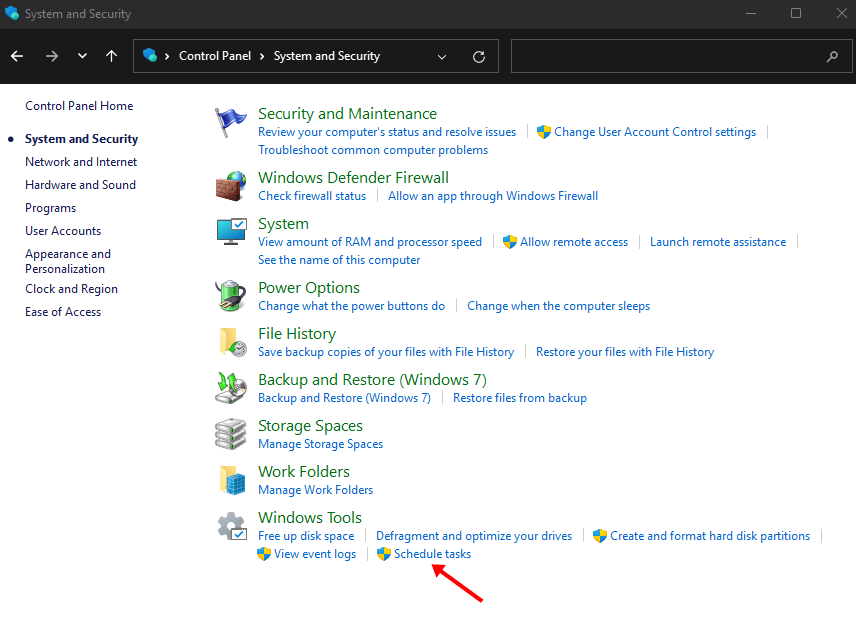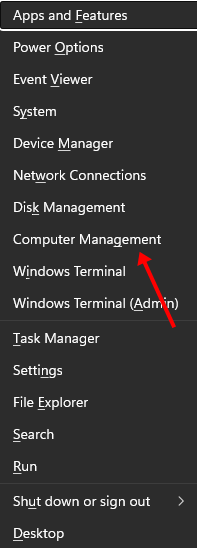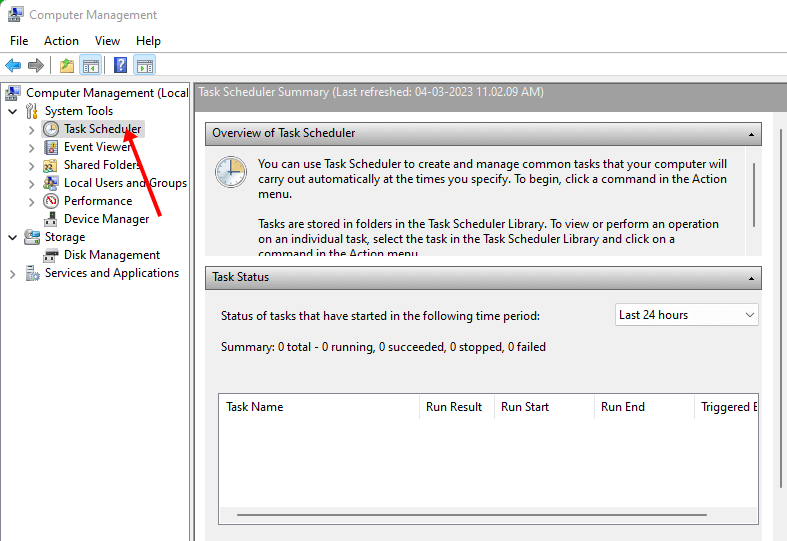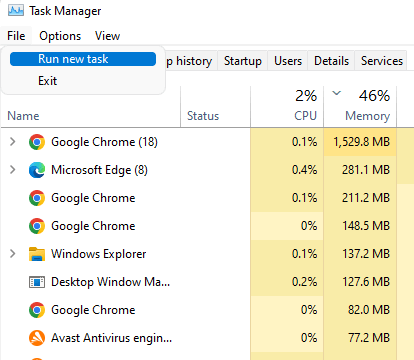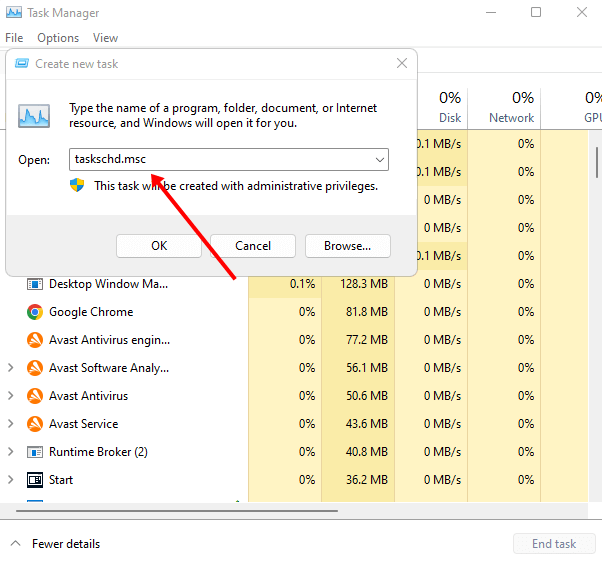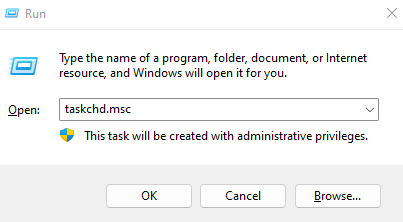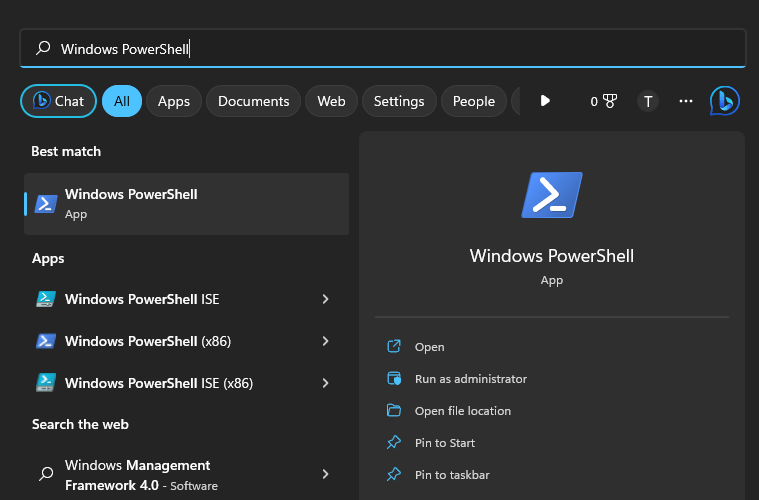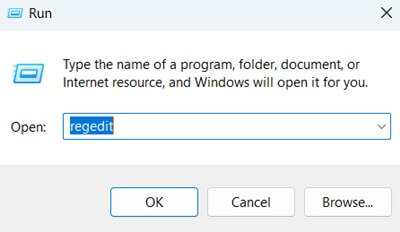With Task Scheduler, you can schedule the tasks that you want your Windows PC to do. For instance, tasks like automatically downloading the updates and setting your computer to sleep or shut down can be scheduled using Task Scheduler.
But how can you access the task scheduler on your Windows 11 PC? Accessing the task scheduler in Windows 11 is quite easy, and there are multiple ways to help you; let’s discuss all of them.
Different Ways To Open Task Scheduler in Windows 11
You can open Task Scheduler on your PC in different ways. Below are all the methods to follow open Task Scheduler on Windows 11.
1. Using Start Menu
The first way to open Task Scheduler in Windows 11 is by using Start Menu. To do so, follow the steps given below-
- Press the Windows key on your keyboard to open the Start Menu.
- Here, type Task Scheduler and then hit Enter.
2. Using Windows Tools
Windows 11 comes with Windows Tools, where you can find all the system tools in one place. You can use Windows Tools to open Task Scheduler by following the steps given below-
- Open the Start Menu on your PC, search for Windows Tools, and then open it.
- Scroll down, and you will find Task Scheduler here; click on it to open Task Scheduler on your PC.
3. Using File Explorer
Another way to launch the task scheduler is through File Explorer. The steps for the same are mentioned below-
- Press the Windows + E key on your keyboard to open File Explorer.
- Click on the address bar at the top, and visit the address given below-
-
C:\Windows\System32
-
- You will see a file name taskschd; double-click on it to open Task Scheduler on your PC.
4. Using Control Panel
Control Panel lets you access all the system tools and make changes to your system. You can use the Control Panel to open Task Scheduler by following the steps given below-
- Use the Windows + R keyboard shortcut to open the Run dialog.
- Type Control and then press Enter to open Control Panel.
- Click on the System and Security option here.
- Under the Windows Tools section, click Schedule Tasks to open Task Scheduler.
5. Using Computer Management
You can also use Computer Management to open the Task Scheduler on Windows 11. The steps for this are mentioned below-
- Press Windows + X key, and then click on Computer Management.
- On the left pane, click on Task Scheduler.
6. Using Task Manager
Task Manager is a system tool to let you start the task as well as end the task. It can be used to run Task Scheduler on your PC. To do so, follow the steps given below-
- Press Ctrl + Alt + Delete keys together and then click on Task Manager to open it.
- Here, click on File and then on Run New Task.
- Now, type taskschd.msc and then click on OK.
7. Using Run Dialog Box
You can use Run Dialog Box to run/launch a program on your PC. Follow the steps mentioned below to do so-
- Open Run Dialog Box by pressing Windows + R keys together.
- In the text field, type taskchd.msc and then press Enter.
8. Using Command Prompt/Windows PowerShell
You can run the command in the Command Prompt or the Windows PowerShell to open Task Scheduler.
- From the Start Menu, open Command Prompt or Windows PowerShell
- Here, type the command given below and execute it by pressing Enter–
Taskschd
9. Using Desktop Context Menu
Context Menu on the desktop can be accessed by pressing Windows + X key combo or right-clicking on the Windows icon. This context menu has a lot of options allowing you to access them quickly; however, it does not have Task Scheduler.
You can add Task Scheduler to this context menu by making some changes to the registry and then accessing Task Scheduler directly from there. The steps to do so are discussed below-
- Press the Windows key, type Regedit, and then press Enter.
- Click on the address bar at the top and navigate to the following address-
-
Computer\HKEY_CLASSES_ROOT\Directory\Background\shell
-
- On the left sidebar, right-click on the Shell folder, click New, and then Key.
- Rename the new key as Task Scheduler.
- On the left, click on Task Scheduler to open it.
- On the right side, right-click on New and then click on Key.
- Set the name of the new key as Command.
- Open the Command folder by clicking on it on the left panel.
- On the right side, double-click on Default to edit it.
- Set the Value Data as Control schedtasks, and click on OK.
- Close Registry Editor and restart your PC to save the changes.
10. Using Shortcut
You can create the shortcut for the Task Scheduler on your desktop. You can then use the shortcut you created to access Task Scheduler. Given below are the steps to do so-
- Right-click on the desktop, hover over New and then click on Shortcut.
- In the location field, type taskschd.msc and click on Next.
- Under the name field, type Task Scheduler, and click on Finish.
- A shortcut will be created on the desktop; double-click to open Task Scheduler on your PC.
11. Using the Keyboard Shortcut
Before you continue with this step, you will have to create the shortcut of task scheduler; for that, you can follow the previous method. You can set the hotkey for the shortcut, and when you press the hotkey task scheduler will open. Follow the steps below to do so-
- Right-click the Task Scheduler shortcut on your desktop, then click Properties.
- Here, click on the Shortcut tab at the top.
- Click on the text field next to Shortcut Key, and press a key on your keyboard. For instance, if you press J, the shortcut created will be Ctrl + Alt + J.
- Click on Apply and then on OK. Now, Task Scheduler will start whenever you use the keyboard shortcut you set.
Final Words
These are all the methods that you can follow to open Task Scheduler on Windows 11. You now have multiple options to start Task Scheduler; if any method does not work, you can move to the next method. Some of these methods have a direct approach to opening Task Scheduler, while some can be difficult to follow, so continue with a method that you find easier.

